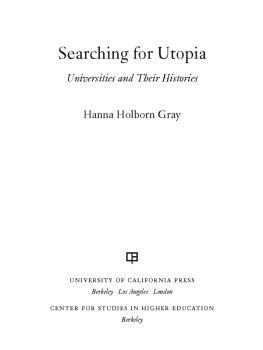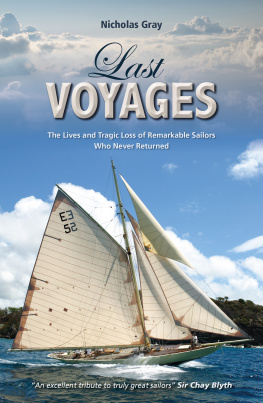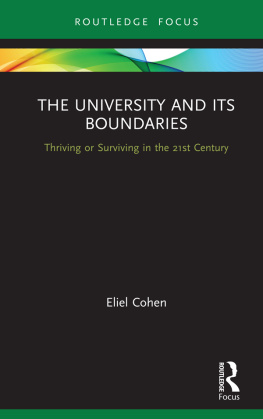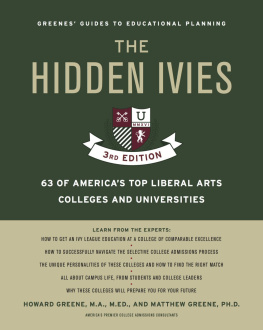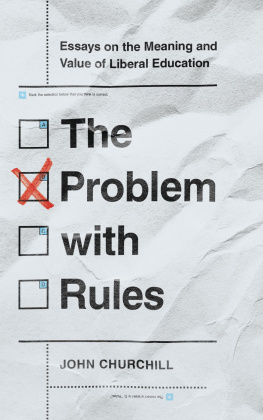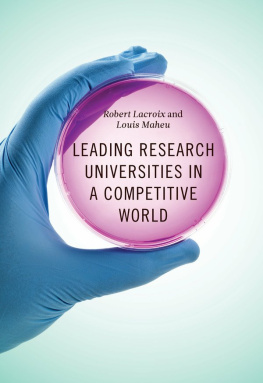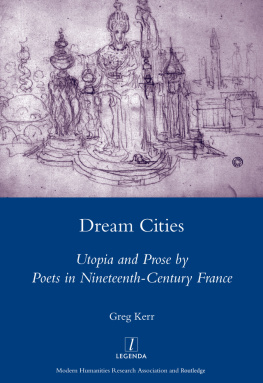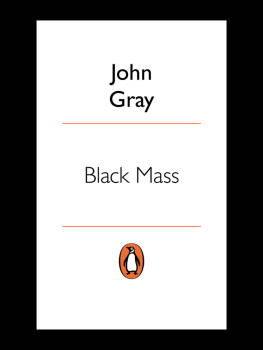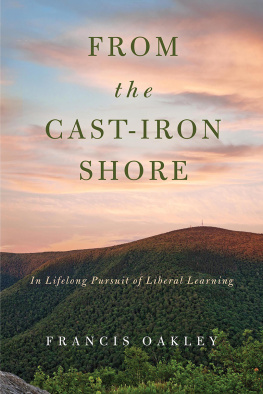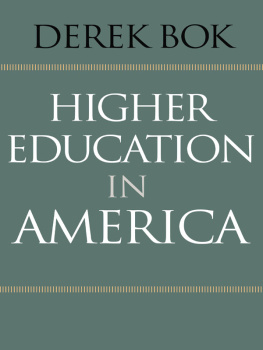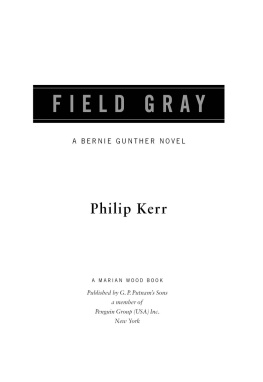THE ATKINSON FAMILY 
IMPRINT IN HIGHER EDUCATION
The Atkinson Family Imprint Foundation has endowed this imprint to illuminate the role of higher education in contemporary society.
The publisher gratefully acknowledges the generous support of the Atkinson Family Imprint in Higher Education of the University of California Press Foundation, which was established by a major gift from the Atkinson Family Foundation.
THE CLARK KERR LECTURES ON
THE ROLE OF HIGHER EDUCATION
IN SOCIETY
1. The American Research University from World War II to World Wide Web: Governments, the Private Sector, and the Emerging Meta-University, by Charles M. Vest
2. Searching for Utopia: Universities and Their Histories, by Hanna Holborn Gray
3. Higher Education: The Play of Continuity and Crisis, by Neil J. Smelser
The Center for Studies in Higher Education at the University of California, Berkeley, is a multidisciplinary research and policy center on higher education oriented to California, the nation, and comparative international issues. CSHE promotes discussion among university leaders, government offi cials, and academics; assists policy making by providing a neutral forum for airing contentious issues; and keeps the higher education world informed of new initiatives and proposals. The Centers research aims to inform current debate about higher education policy and practice.
University of California Press, one of the most distinguished university presses in the United States, enriches lives around the world by advancing scholarship in the humanities, social sciences, and natural sciences. Its activities are supported by the UC Press Foundation and by philanthropic contributions from individuals and institutions. For more information, visit www.ucpress.edu.
University of California Press
Berkeley and Los Angeles, California
University of California Press, Ltd.
London, England
2012 by The Regents of the University of California
Library of Congress Cataloging-in-Publication Data
Gray, Hanna Holborn.
Searching for Utopia : universities and their histories / Hanna Holborn Gray.
p. cm.
Includes bibliographical references.
ISBN 978-0-520-27065-7 (alk. paper)
1. Education, HigherAims and objectivesUnited States. I. Title.
LA227.4.G737 2012
378.73dc23
2011036637
Manufactured in the United States of America
21 20 19 18 17 16 15 14 13 12
10 9 8 7 6 5 4 3 2 1
In keeping with a commitment to support environmentally responsible and sustainable printing practices, UC Press has printed this book on Rolland Enviro100, a 100% post-consumer fiber paper that is FSC certified, deinked, processed chlorine-free, and manufactured with renewable biogas energy. It is acid-free and EcoLogo certified.
PREFACE
The lectures assembled in this volume were presented as the Clark Kerr Lectures on Higher Education at the University of California in fall 2009. I am grateful to all who made my visit to Berkeley so interesting and rewarding, and above all to Judson King, director of the Center for Studies in Higher Education. I should like also to acknowledge my indebtedness to William G. Bowen, Mary Patterson McPherson, and Judith Shapiro for their helpful comments; to Charles M. Gray for innumerable and always enlightening discussions; and to the readers for the University of California Press for their suggestions.
At several points, I have drawn closely on some of my earlier essays. In also repeats some conclusions of The Leaning Tower of Academe.
Finally, more books and articles on the subject of higher education (and its failings, real and alleged) appear almost every day. A great many have been published since the time when these lectures were written. Still more will appear before they are printed. I have included in the notes and bibliography just a few of the more recent publications, either because (like Hacker and Arum) they are the subjects of considerable attention or because (like Archibald and Feldman) they seem of particular value in illuminating their subjects.
Introduction
The essays that follow are not intended to offer anything approaching a comprehensive view of the state of higher education today but to reflect on some perennial questions and debates that have accompanied the history of American research universities and that continue to be addressed today. They were presented as the Clark Kerr Lectures on Higher Education at the Berkeley and Davis campuses of the University of California in fall 2009. I had known and admired Clark Kerr as perhaps the most thoughtful and incisive commentator on American higher education in the late twentieth century, and rereading his The Uses of the University, first published in 1963, confirmed that earlier judgment. So in these lectures named for him, I undertook to consider to what extent his analysis of the research university, as he then described it, might still be descriptive of that institution and its essential features in our time.
I was struck by the sense in which Kerr's depiction oered a decidedly mixed review of the character, achievement, andprospects of the postwar university. In coining the term, and in laying out the nature, of the multiversity, Kerr was not so much defending as trying dispassionately to picture the anatomy of the research university as it had come to dominance in the academic universe, to explain the confluence of causes that had created its character and strengths, and to assess the losses and potential weaknesses as well as the gains represented in its current state.
I was struck also by Kerr's several references to another major figure of twentieth-century higher education, Robert Maynard Hutchins of the University of Chicago. It seemed clear that the two were far apart in their views and in their experience, but Kerr spoke of himself and Hutchins as the principal critics and reformers of their time. To compare them is to contrast two ways of thinking about universities that can be roughly identified with the ideas of the collegiate university and the multiversity. They remain still the two broad and opposing models that one finds cited in contemporary discussions of the university. and with the conviction that the fate of this mandated search was only partially in the power of the universities themselves to determine.
The contrast between Hutchins and Kerr, then, seemed to reveal the two most familiar forms in which the American research university has been conceived. At the same time, their discussions of higher education display some equally visiblecommonalities, not only in their searching for utopia, but also in many of the concerns to which their critiques were directed. Increasingly, it appeared, from a historical perspective, that the issues to which they pointed had already been those animating the essential questions associated with liberal learning from centuries long past together with others that spoke to the key controversies over the purposes and conditions of universities from the time of their emergence in late-nineteenth-century America. Hence it seemed worthwhile to ask how the collegiate idea of a university founded in a tradition of the liberal arts came into being, how it was affected by new intellectual movements and assumptions (including a redefinition of the content of liberal learning itself), how it was seen to be challenged by a new commitment to research and scholarship and graduate training and by the growth of professionalism and specialization that marked the development of the universities, even while claiming to reconcile these sometimes conflicting directions in an integral idea of a single university culture.

